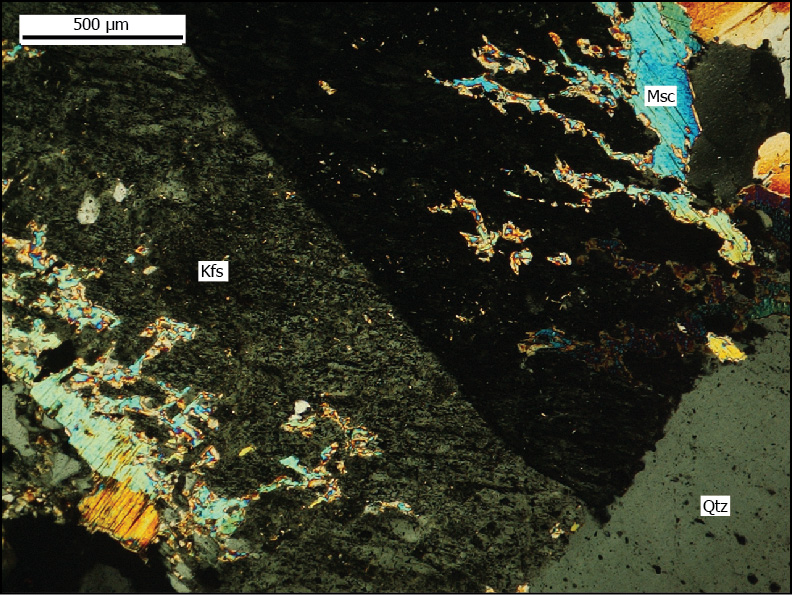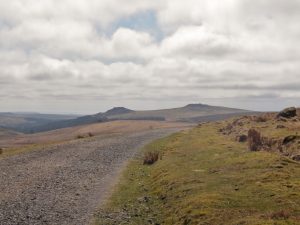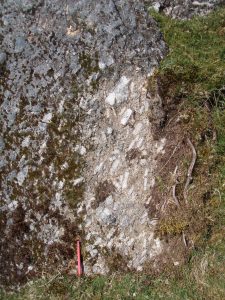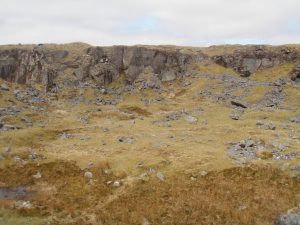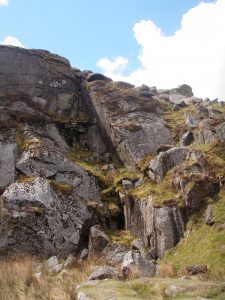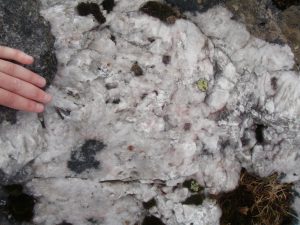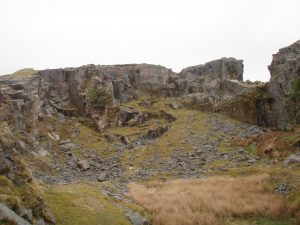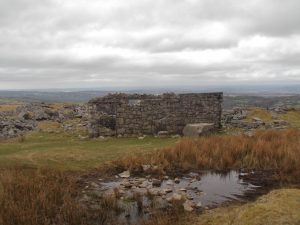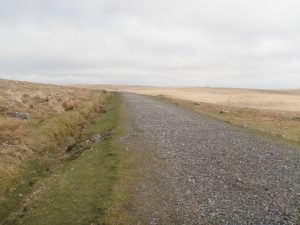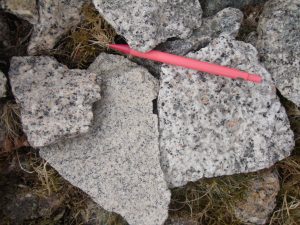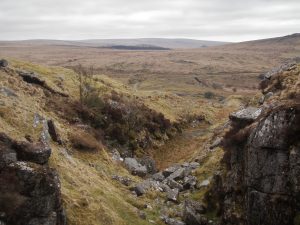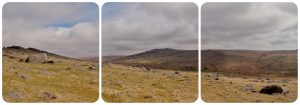
Highlights: Granite, quarrying, heritage
Location: SX 5668 7355
What’s nearby: Merrivale
Conservation: Area of Outstanding Natural Beauty (AONB), Site of Special Scientific Interest (SSSI), Dartmoor National Park. No hammering or collecting at any time.
Information here is provided for reference only. This site is open access, as it is part of the Dartmoor National Park. There is a nice, relatively easy circular walk from Princetown. Always take safety precautions when visiting sites.
Gallery of key features
References
- Stainer P (1999) South west granite: A history of the granite industry in Cornwall and Devon
- Simons B, Shail RK and Andersen JCØ (2016) The petrogenesis of the Early Permian Variscan granites of the Cornubian Batholith: Lower plate post-collisional peraluminous magmatism in the Rhenohercynian Zone of SW England, Lithos 260 [£ – PDF]
